GUEST BLOGGER MEGAN CLENDENAN
Sequencing is the ability to break down an event into simple steps and put those steps in the correct order. Students need sequencing skills to discuss past events, to summarize stories, and to undertake practical tasks that require steps to be done in a certain order. Sequencing also helps learners organize their thoughts and writing. This allows them to communicate information to others in a clear manner.
When I was researching and writing JUST IN CASE: SAVING SEEDS IN THE SVALBARD SEED VAULT, I realized that my story was the story of how the vault was constructed, from an idea to a finished structure, and the journey seeds made from farms around the world to the vault. There are many steps involved, including blasting the mountain with dynamite, transporting diggers to a remote island, and packaging and flying seeds across the globe.
As a class
- Read JUST IN CASE with students.
- Discuss the sequence of the book. What happened first? What happened next? What happened at the end? What steps were needed along the way? How did the vault construction start? How did the seeds get to the vault?
- Write down the steps from your discussion with students on a board or large pad of paper.
- Then, as a class, order the steps into the sequence using transition words like “First, Then, After, Finally.”
- With younger students, you might sequence only the steps related to building the vault. With older students, you could also sequence the journey of the seeds from farm to vault.
Sequencing the vault construction might look like this:
- Make a plan with a team
- Bring diggers and excavators
- Excavate snow and dirt
- Dynamite the rock
- Start digging
- Chisel and carve into the mountain
- Pour concrete for the vault
- Install vault doors
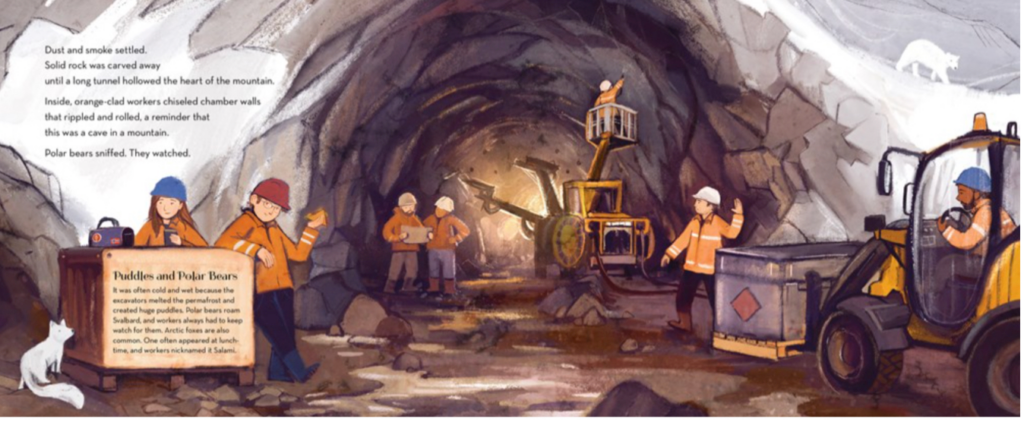
Sequencing the seed journeys might look like this:
- Place seeds in packets.
- Put seed packets in boxes.
- Bring the seed boxes to the airport and load onto an airplane.
- The airplane flies to the island of Spitsbergen.
- Unload seed boxes from airplanes and load onto a truck.
- Drive to the seed vault.
- Unload boxes onto a trolley.
- Wheel the seed boxes into the seed vault.
Independently or in small groups
- Read JUST IN CASE with the class.
- Download and print the free handout Sequencing in Action: Create a Construction Plan.
- The handout provides a list of steps that students can cut out and place in the correct order.
Extension options
After students sequence the steps to build the seed vault, they could then imagine their own construction project and put together a sequence of how it might be built.
Have students write a story of one seed packet journeying from a farm to the vault. Where do the seeds start? How do they travel to the vault? What are the steps they need to take along the way? Students can add descriptive details to their story as well as the sequence of events.
I hope this is a fun and educational activity for your students!
Featured image credit: Landbruks- og matdepartementet is licensed under CC BY-ND 2.0.
Megan Clendenan studied sociology, English, and environmental planning and has worked for nonprofit organizations focused on environmental law, women’s empowerment, mental health, and urban food security. As a children’s book author, she loves writing nonfiction that explores the connections between history, society, and the environment. She is the author of a number of middle-grade non-fiction books including Fresh Air, Clean Water: Our Right to a Healthy Environment, which won the 2023 Green Earth Book Award, and Cities: How Humans Live Together. She lives near Vancouver, British Columbia, with her family and two fuzzy orange cats. JUST IN CASE is her first picture book. www.meganclendenan.com IG: @MeganClendenan


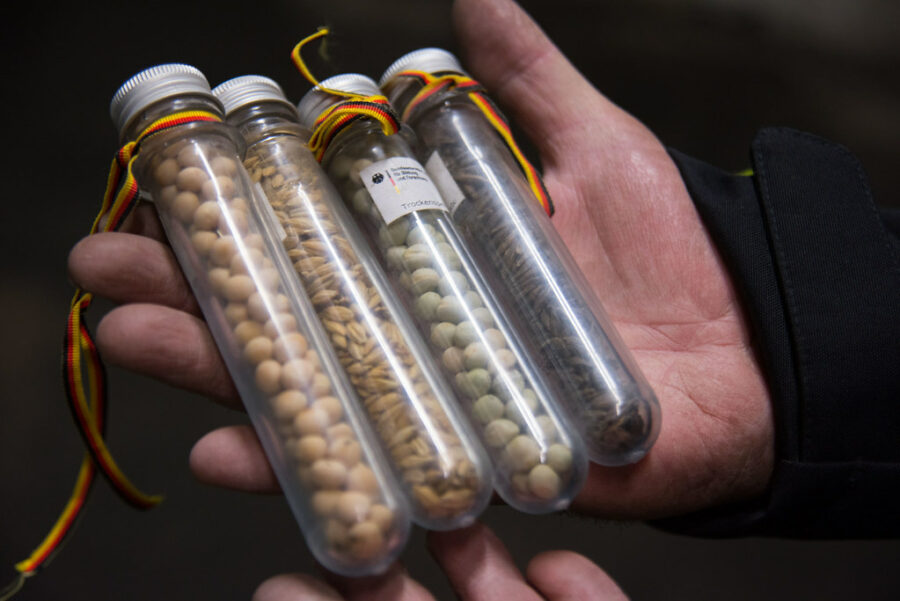
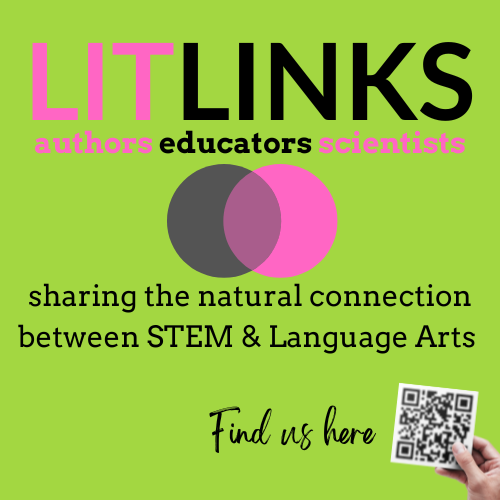


!["Aliens"-by-[Søren]-is-licensed-under-CC-BY-NC-ND-2.0.](https://dnhna1f30c1xr.cloudfront.net/wp-content/uploads/2025/07/373470957_23bb4374ae-300x200.jpg)
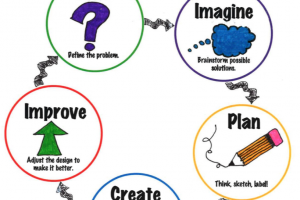
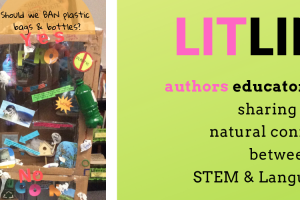

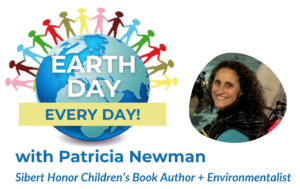
Leave a Reply
Your email is safe with me.